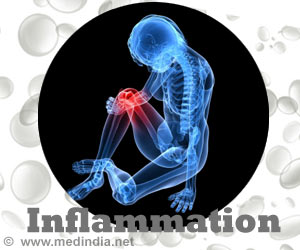Decline in childhood mortality has added a year to women's lifespans. The reduction in maternal bereavement contributes to the increase in life expectancy.

Reducing childhood mortality extends mothers' lives
Go to source). In his paper, Zipple cites several studies linking child death with an increased risk of maternal death, the most comprehensive being a study of mothers in Iceland over a 200-year period, covering various levels of healthcare access and industrialization.
‘The decline in #childhoodmortality has added a year to women's lifespans. This increase in #lifeexpectancy is partly due to the reduction in maternal #bereavement. #longevity #mothers #medindia’





Life expectancy for women after age 15 increased by approximately 16 years between 1900 and 2000His calculation attributes one year, or about 6% of this increase, to the significant drop in childhood mortality over the 20th century. Insights from Matthew Zipple's Study on Childhood Mortality and Maternal Longevity
“The picture I was building in my mind was to think about what the population of mothers in the U.S. looked like in 1900,” said Matthew Zipple, a Klarman Postdoctoral Fellow in neurobiology and behavior at Cornell University and author of “Reducing childhood mortality Extends Mothers’ Lives,” which published in Scientific Reports.“It was a population made up of two approximately equal-sized groups: One was mothers who had lost children, and one was mothers who had not,” Zipple said. “If we compare that to today, when child loss is mercifully so much less common, nearly all those women who had lost children are shifted into the non-bereaved category.”
The study also helps set priorities for progress going forward, Zipple said. In many countries, child mortality rates today are similar to those in the U.S. in 1900. Investing in reducing childhood mortality everywhere helps not only the children, but whole communities.
“The child is the core of the community,” Zipple said. “Protecting children from mortality has branching positive impacts that start with mothers but probably don’t stop there.”
Advertisement
- Reducing childhood mortality extends mothers’ lives - (https://www.nature.com/articles/s41598-024-61217-w)










